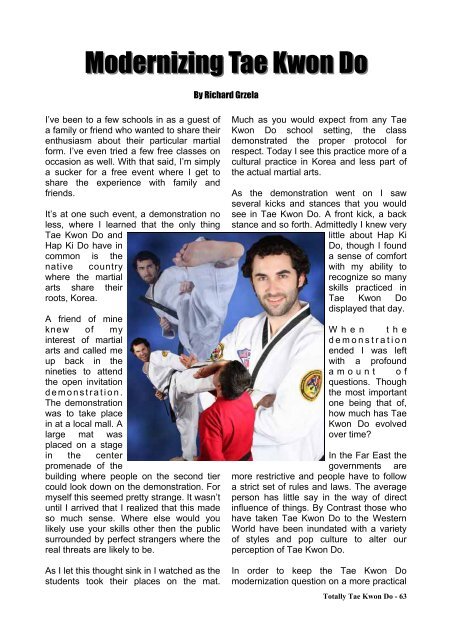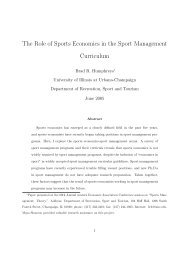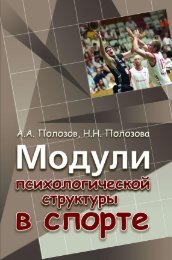Create successful ePaper yourself
Turn your PDF publications into a flip-book with our unique Google optimized e-Paper software.
Modernizing <strong>Tae</strong> <strong>Kwon</strong> <strong>Do</strong><br />
I’ve been to a few schools in as a guest of<br />
a family or friend who wanted to share their<br />
enthusiasm about their particular martial<br />
form. I’ve even tried a few free classes on<br />
occasion as well. With that said, I’m simply<br />
a sucker for a free event where I get to<br />
share the experience with family and<br />
friends.<br />
It’s at one such event, a demonstration no<br />
less, where I learned that the only thing<br />
<strong>Tae</strong> <strong>Kwon</strong> <strong>Do</strong> and<br />
Hap Ki <strong>Do</strong> have in<br />
common is the<br />
native country<br />
where the martial<br />
arts share their<br />
roots, Korea.<br />
A friend of mine<br />
knew of my<br />
interest of martial<br />
arts and called me<br />
up back in the<br />
nineties to attend<br />
the open invitation<br />
demonstration.<br />
The demonstration<br />
was to take place<br />
in at a local mall. A<br />
large mat was<br />
placed on a stage<br />
in the center<br />
promenade of the<br />
building where people on the second tier<br />
could look down on the demonstration. For<br />
myself this seemed pretty strange. It wasn’t<br />
until I arrived that I realized that this made<br />
so much sense. Where else would you<br />
likely use your skills other then the public<br />
surrounded by perfect strangers where the<br />
real threats are likely to be.<br />
As I let this thought sink in I watched as the<br />
students took their places on the mat.<br />
By Richard Grzela<br />
Much as you would expect from any <strong>Tae</strong><br />
<strong>Kwon</strong> <strong>Do</strong> school setting, the class<br />
demonstrated the proper protocol for<br />
respect. Today I see this practice more of a<br />
cultural practice in Korea and less part of<br />
the actual martial arts.<br />
As the demonstration went on I saw<br />
several kicks and stances that you would<br />
see in <strong>Tae</strong> <strong>Kwon</strong> <strong>Do</strong>. A front kick, a back<br />
stance and so forth. Admittedly I knew very<br />
little about Hap Ki<br />
<strong>Do</strong>, though I found<br />
a sense of comfort<br />
with my ability to<br />
recognize so many<br />
skills practiced in<br />
<strong>Tae</strong> <strong>Kwon</strong> <strong>Do</strong><br />
displayed that day.<br />
When the<br />
demonstration<br />
ended I was left<br />
with a profound<br />
amount of<br />
questions. Though<br />
the most important<br />
one being that of,<br />
how much has <strong>Tae</strong><br />
<strong>Kwon</strong> <strong>Do</strong> evolved<br />
over time?<br />
In the Far East the<br />
governments are<br />
more restrictive and people have to follow<br />
a strict set of rules and laws. The average<br />
person has little say in the way of direct<br />
influence of things. By Contrast those who<br />
have taken <strong>Tae</strong> <strong>Kwon</strong> <strong>Do</strong> to the Western<br />
World have been inundated with a variety<br />
of styles and pop culture to alter our<br />
perception of <strong>Tae</strong> <strong>Kwon</strong> <strong>Do</strong>.<br />
In order to keep the <strong>Tae</strong> <strong>Kwon</strong> <strong>Do</strong><br />
modernization question on a more practical<br />
<strong>Totally</strong> <strong>Tae</strong> <strong>Kwon</strong> <strong>Do</strong> - 63

















